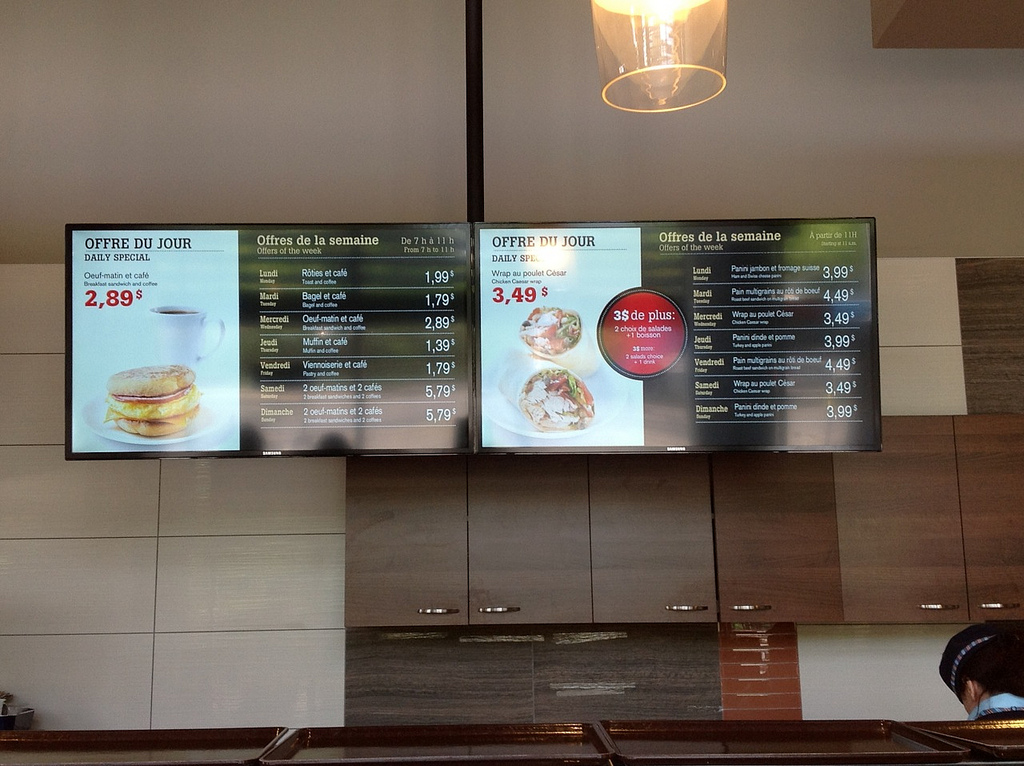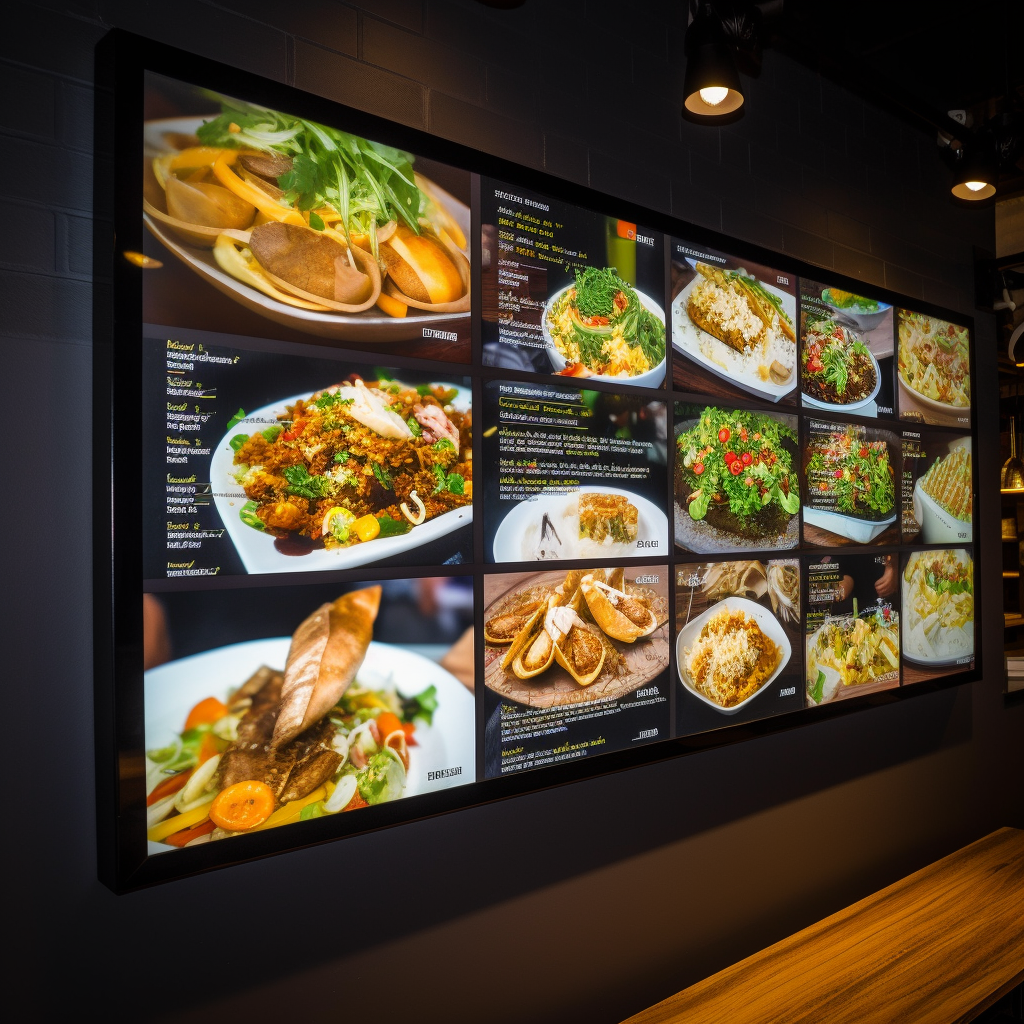
As Singapore’s dining scene continues to evolve, restaurant owners are constantly seeking innovative ways to differentiate themselves from the competition. Amid this technological transformation in the industry, one trend has emerged as a game-changer: interactive displays. This article delves into the manifold benefits of these interactive screens, highlighting why they are becoming an indispensable tool for modern restaurants in Singapore.
The heart of any successful restaurant lies in the experiences it offers to its patrons. With interactive displays, this experience is taken to an entirely new level.
Personalised Dining Experience:
The beauty of interactive screens is their ability to give diners a bespoke experience. Imagine letting your customers choose their table settings or adjust the ambient lighting to fit their mood. With the integration of these displays, the once-static dining experience transforms into an interactive affair.
Engagement and Entertainment:
Gone are the days when customers idly waited for their orders, fiddling with their smartphones. Interactive displays can captivate diners with trivia games, fascinating tidbits about the origins of dishes, or even live chef demonstrations. For children and adults alike, this added touch turns the usual dine-out event into a memorable outing.
Streamlined Ordering Process:
With interactive whiteboards and screens, customers can easily browse through the menu, zoom in on dishes, and place their orders. Not only does this reduce the waiting time, but it also minimises the chances of order errors, ensuring that your patrons receive exactly what they desire.
Beyond enhancing the diner’s experience, interactive displays play a crucial role in boosting a restaurant’s operational efficiency.

Instant Menu Updates:
Daily specials, sold-out dishes, or new introductions can be updated in real-time on the interactive screens. This dynamic update not only keeps customers informed but also assists in effective inventory management.
Staff Optimisation:
Instead of being tied down with tasks like taking orders or delivering bills, staff can now concentrate on offering impeccable service. This shift in responsibility ensures smoother operations and more satisfied customers.
Data Collection and Analytics:
The power of data cannot be overlooked. Interactive displays are adept at collecting invaluable insights into customer preferences and feedback. By analysing this data, restaurants can continually refine their offerings, tailoring them to meet the evolving tastes of Singaporeans.
Embracing technological advancements is not just about streamlining operations or amusing customers. It plays a pivotal role in shaping a restaurant’s brand image.
Keeping Up with Technological Trends:
By integrating interactive screens and whiteboards, restaurants project an image of being forward-thinking and progressive. In a tech-savvy city like Singapore, where diners are accustomed to the latest innovations, staying current is imperative.
Attracting a Younger Demographic:
The younger, tech-savvy generation is naturally drawn to establishments that echo their digital inclinations. By offering interactive displays, restaurants can appeal to this demographic, ensuring a steady influx of youthful patrons.
Ultimately, a restaurant’s success is measured by its bottom line, and here too, interactive displays prove their worth.

Visual Appeal:
Through interactive screens, dishes can be presented in their full, tantalising glory, often enticing customers to try something new or indulge in a dish they might not have considered initially.
Recommendation Algorithms:
Much like online shopping platforms that suggest products based on browsing history, interactive displays can recommend dishes based on customers’ selections. This subtle encouragement often leads to diners ordering more, boosting the restaurant’s sales.
Promotions and Deals:
Special offers, combo deals, or introductions of new dishes can be prominently displayed, nudging customers to take advantage of these promotions and consequently increase their spending.
In a competitive dining landscape like Singapore’s, where restaurants vie for attention, the integration of interactive displays emerges as a distinct advantage. By offering enhanced experiences, optimising operations, modernising brand image, and driving sales, these technological wonders have proven their worth.
As the city’s culinary scene continues to flourish, it’s clear that the future belongs to those who adapt, innovate, and offer something uniquely engaging. With interactive screens and whiteboards leading the charge, Singapore’s restaurants are poised for an exciting and dynamic future.
We offer a versatile and customizable visual experience, empowering businesses to enhance their brand presence and captivate their audience.

